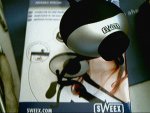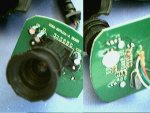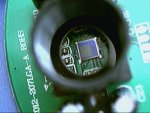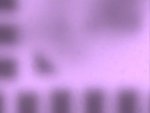Hi!
I would need for my research study a laser beam profiler, unfortunately these devices are very expensive and I just don't have the budget for one.
I think I could use the CCD or CMOS chip of a digital SLR camera for this purpose, but before I risk it, I would like to ask you about whether a CCD/CMOS detector could survive the direct irradiation of a three different 5mW lasers (red, green and violet, one at a time), if the diameter of the irradiation spot is ~2mm. Does anyone have some experience?
I browsed the forum and I found stories about damaged chips, but in these cases the laser were a bit more powerful 30mW-200mW.
Regards
I would need for my research study a laser beam profiler, unfortunately these devices are very expensive and I just don't have the budget for one.
I think I could use the CCD or CMOS chip of a digital SLR camera for this purpose, but before I risk it, I would like to ask you about whether a CCD/CMOS detector could survive the direct irradiation of a three different 5mW lasers (red, green and violet, one at a time), if the diameter of the irradiation spot is ~2mm. Does anyone have some experience?
I browsed the forum and I found stories about damaged chips, but in these cases the laser were a bit more powerful 30mW-200mW.
Regards











